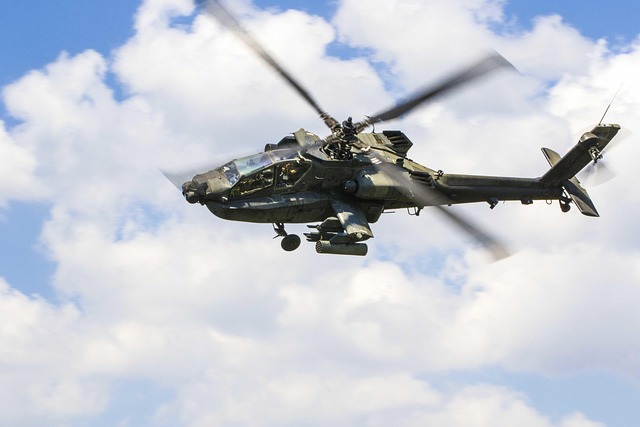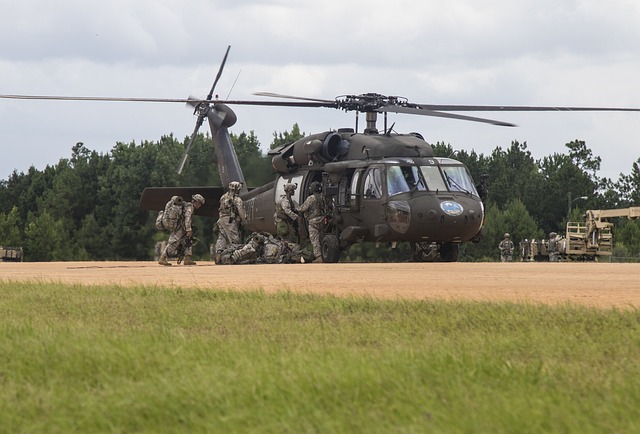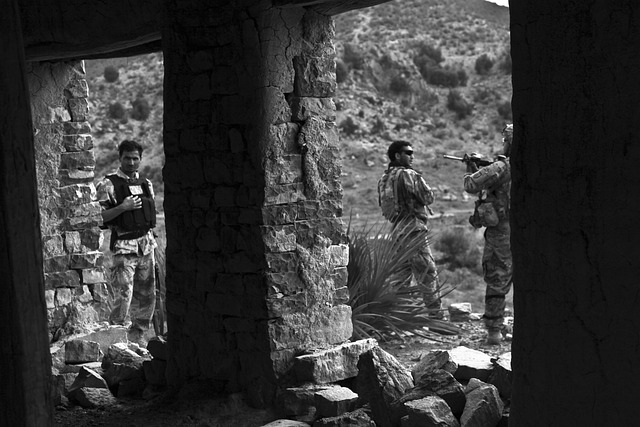The US Army Reserve Flag, designed during WWI, has evolved into a powerful symbol in military music, honoring Reservists' dedication globally. Through songs celebrating loyalty and camaraderie, music unifies soldiers across generations, reinforcing the unique identity of the US Army Reserve. Modern anthems reflect diversity, preserving historical significance under this iconic flag while fostering shared history and boosting morale among reservists worldwide.
“Unraveling the rich tapestry of US Army Reserve music, this article explores its historical and cultural significance. From the symbolic US Army Reserve Flag inspiring martial tunes to modern songs resonating within the community, music serves as a powerful unifier. We delve into the evolution of army music, its role in fostering unity and identity, and how popular anthems influence reservists’ experiences. Discover the contemporary expressions of the Army Reserve community through music, reflecting their resilience, camaraderie, and pride.”
- A Historical Journey: The US Army Reserve Flag and Its Musical Significance
- The Role of Music in Army Culture: Unity and Identity
- Popular Army Songs and Their Impact on Reservists
- Modern Expressions: How Contemporary Music Reflects the Army Reserve Community
A Historical Journey: The US Army Reserve Flag and Its Musical Significance

The US Army Reserve Flag, with its distinct colors and symbolism, holds a significant place in military music and song culture. This historical artifact has been an inspiration for countless songs that pay tribute to the dedication and sacrifice of Army Reservists worldwide. Its journey dates back to 1917 when it was first designed as a way to represent and honor the contributions of the National Guard units during World War I. The flag’s design evolved over time, reflecting changes in military strategy and the evolving role of the Reserve components within the US Army.
Music has always played a crucial role in fostering camaraderie among soldiers, and the US Army Reserve Flag has served as a powerful symbol in this regard. Songs dedicated to the Reserve often highlight themes of loyalty, resilience, and the unique bond shared by those who serve in these units. Through melodies and lyrics, musicians capture the essence of the Reserve’s historical significance, their readiness to deploy at a moment’s notice, and their unwavering commitment to protecting the nation. This connection between the US Army Reserve Flag and military music is a testament to the enduring power of art to convey and preserve the rich history and spirit of service.
The Role of Music in Army Culture: Unity and Identity

Music has always played a pivotal role in fostering unity and shaping the identity of the US Army Reserve—a powerful symbol represented by its official flag. Through melodies and lyrics, army songs have been a unifying force, connecting soldiers across generations and diverse backgrounds. These anthems serve as a shared history, creating a sense of camaraderie and camaraderie among those who serve or have served. The rhythmic beats and patriotic choruses resonate with the values and mission of the military, strengthening the bond between individuals within the unit.
The power of army music lies in its ability to transcend language barriers and cultural differences, uniting soldiers under a common purpose. Whether sung around a campfire or during formal parades, these songs evoke a sense of pride and belonging, reinforcing the unique identity of the US Army Reserve. By reciting ancient battle cries or modern anthems, soldiers reconnect with their heritage and prepare for the challenges ahead, drawing strength from one another.
Popular Army Songs and Their Impact on Reservists

In the realm of military music, songs have long been a powerful tool for fostering camaraderie and boosting morale among troops. For reservists in the US Army Reserve, these anthems play a unique role in their experience. Popular tracks like “The Old Man’s Back in Town” by Johnny Cash have become timeless classics, resonating with generations of soldiers. These songs often reflect the challenges and humor of military life, creating a sense of unity and shared history among reservists.
When reservists gather for drills or deployments, these familiar melodies instantly connect them, bridging any gaps in time or experience. The US Army Reserve Flag waves proudly during such moments, symbolizing not just their service but also the bond forged through shared music. These songs serve as a reminder of home, a source of comfort, and a catalyst for memories, shaping the collective identity of the reserve forces.
Modern Expressions: How Contemporary Music Reflects the Army Reserve Community

In today’s digital era, contemporary music plays a significant role in reflecting and celebrating the diverse community within the US Army Reserve. Modern expressions through song have become a powerful way to unite soldiers and civilians alike, fostering a sense of camaraderie and pride under the iconic US Army Reserve Flag. These songs often capture the essence of their experiences, from training missions to deployments, and serve as anthems that resonate with those who have served or are currently serving.
By incorporating modern music genres, artists connected to the Army Reserve community can create dynamic and relatable tracks. This trend not only reflects the evolving culture within the ranks but also allows for a new generation of soldiers to connect with their heritage through music. The songs often tell stories of resilience, sacrifice, and camaraderie, ensuring that the values and spirit of the US Army Reserve are preserved and celebrated in contemporary culture.
The US Army Reserve Flag, with its rich history, serves as a powerful symbol of unity and identity within the Army Reserve community. Through the evolution of army music and songs, from traditional marches to modern contemporary pieces, we see a reflection of the Reserve’s unique culture and experiences. These musical expressions not only foster a sense of camaraderie among reservists but also preserve their heritage and contribute to a strong, resilient military spirit. By exploring the role of music in Army culture, we gain insight into the profound impact it has on shaping and strengthening the bonds within this vital community.
